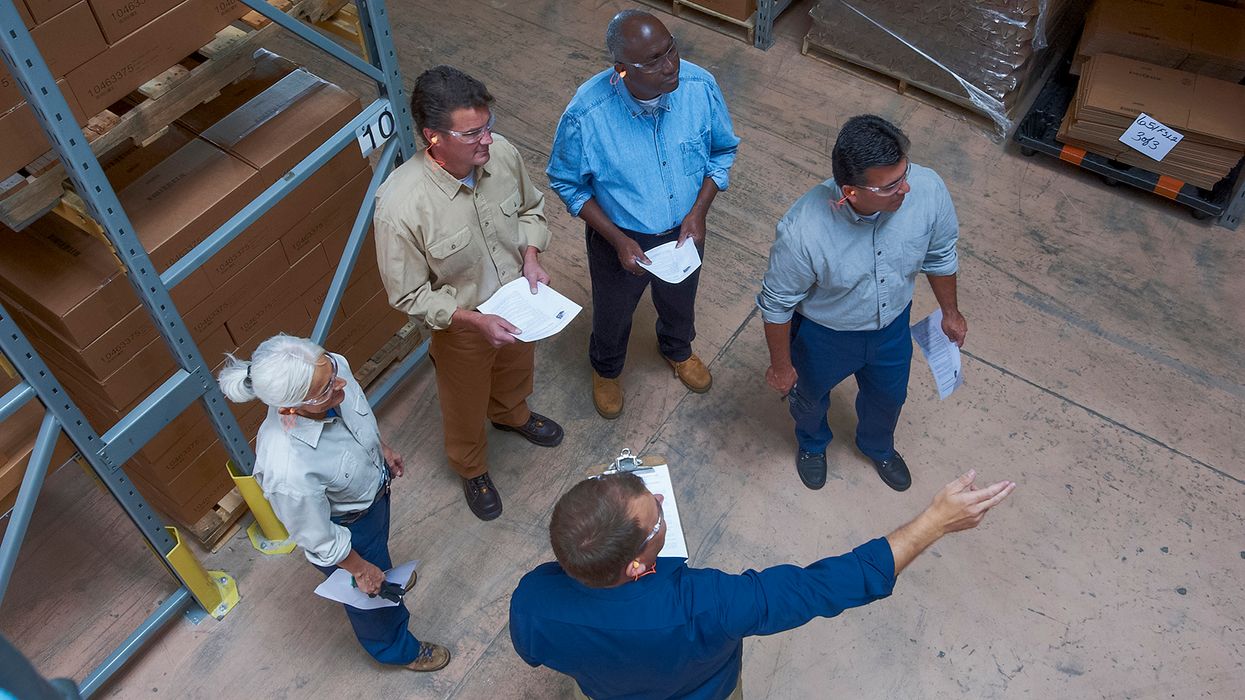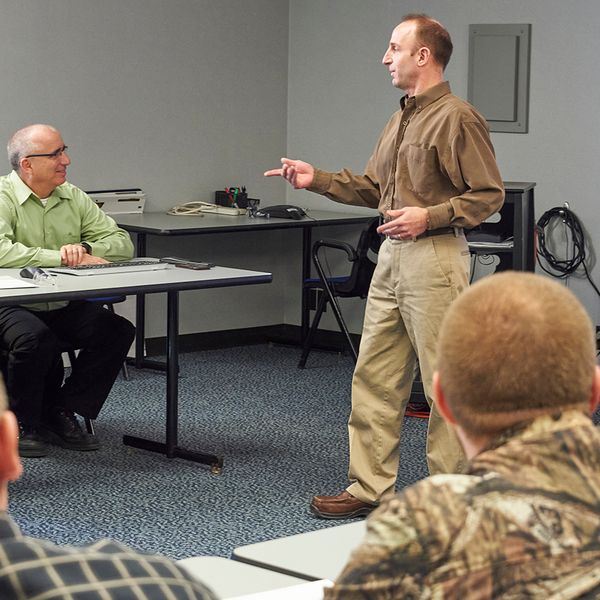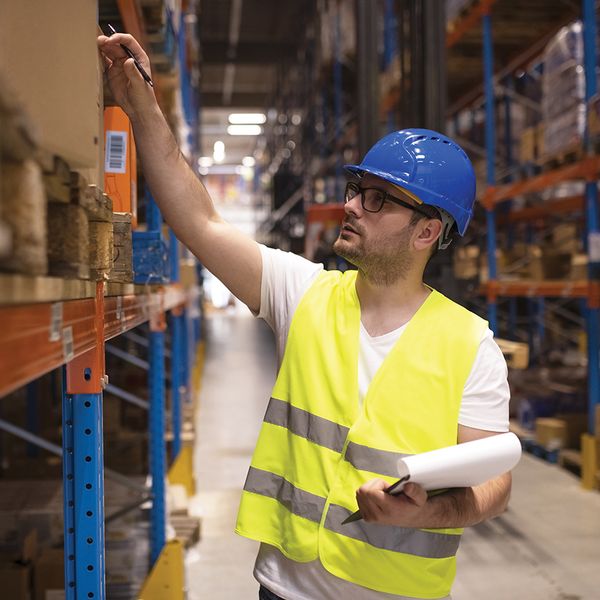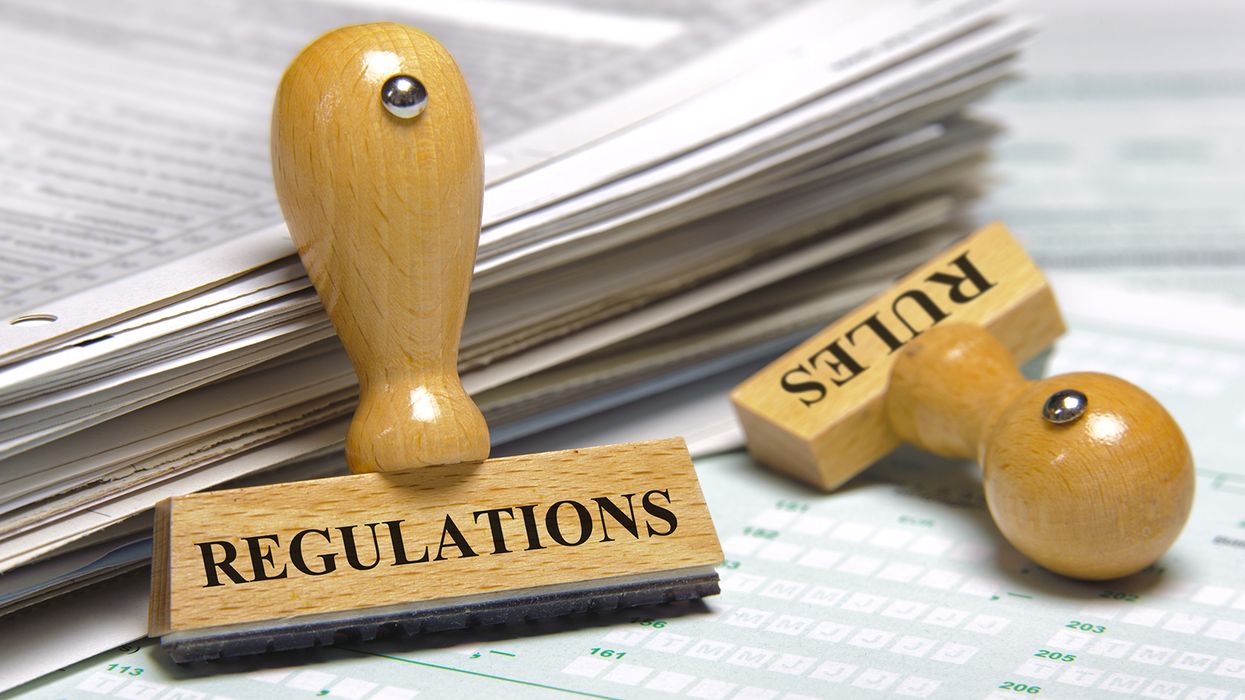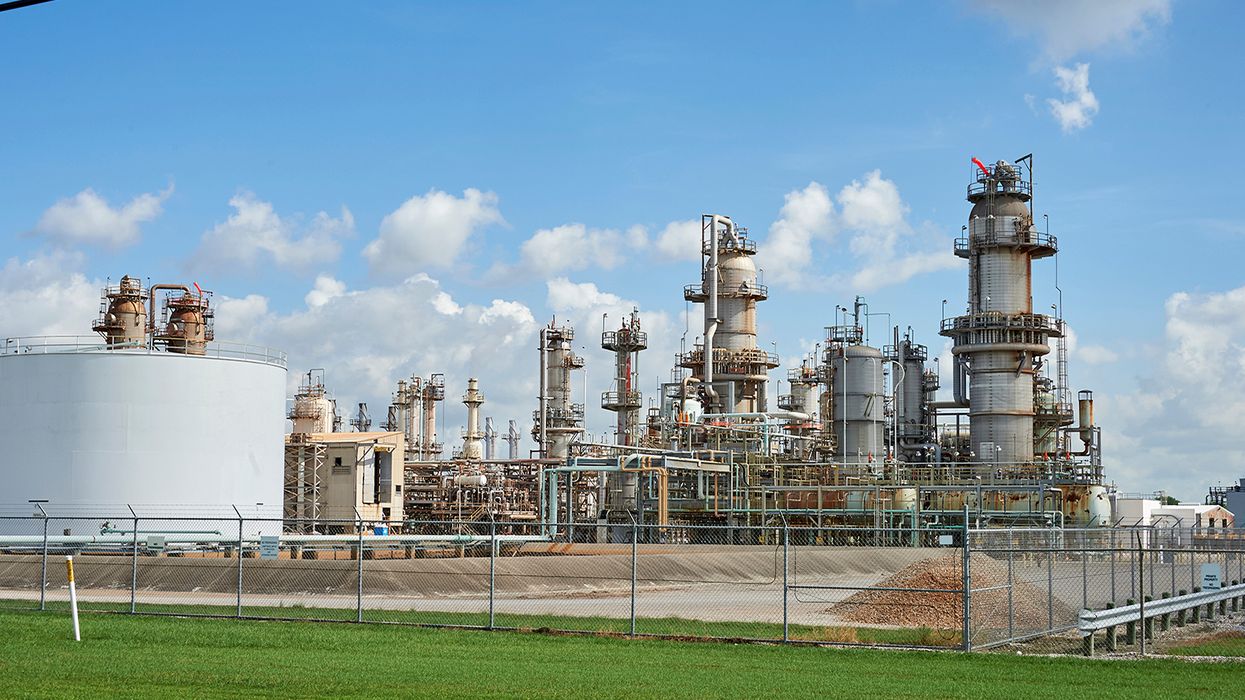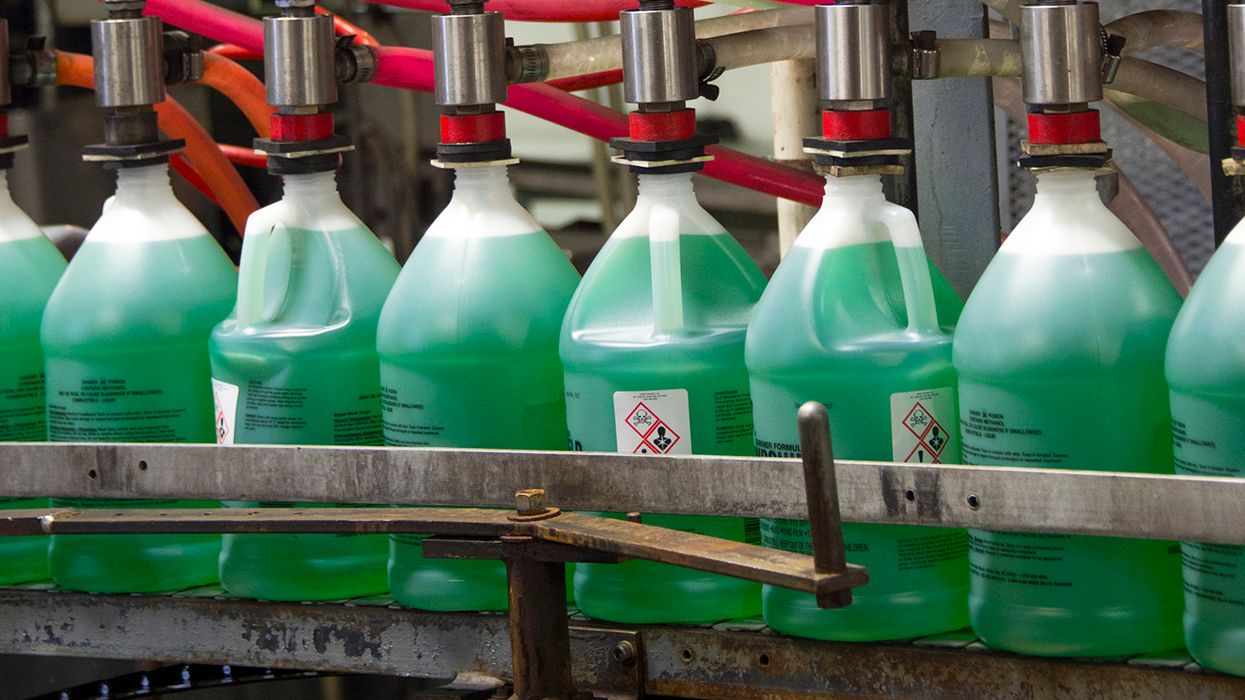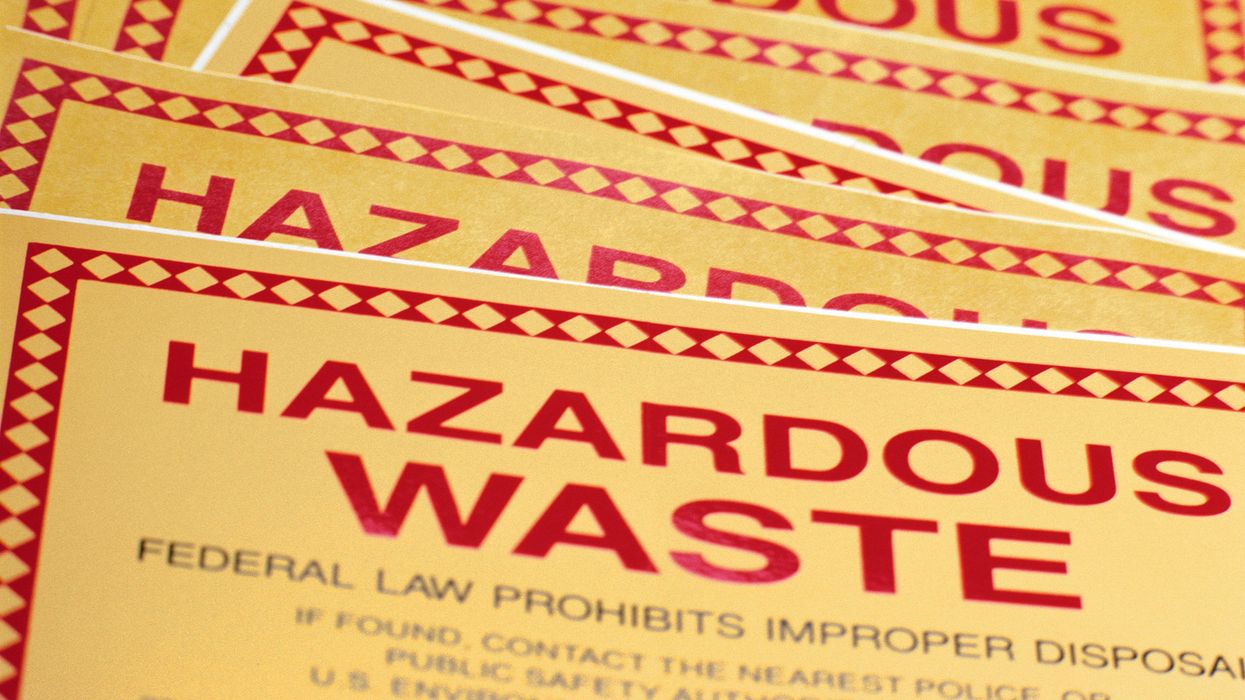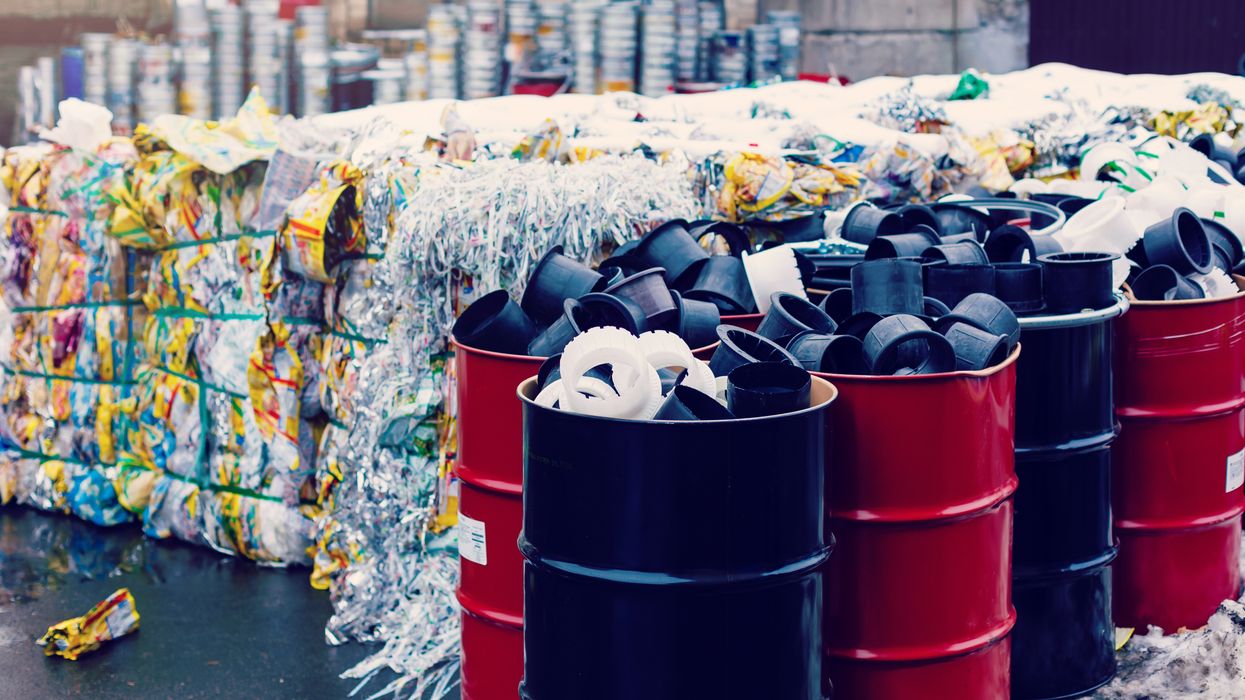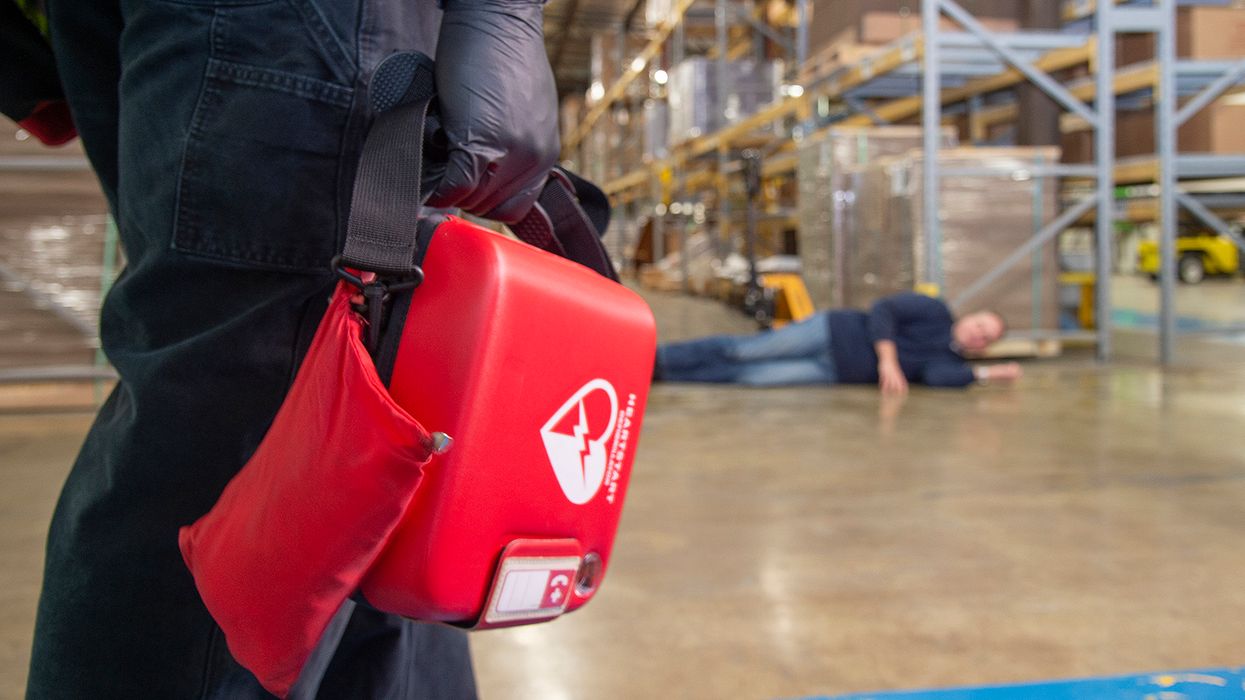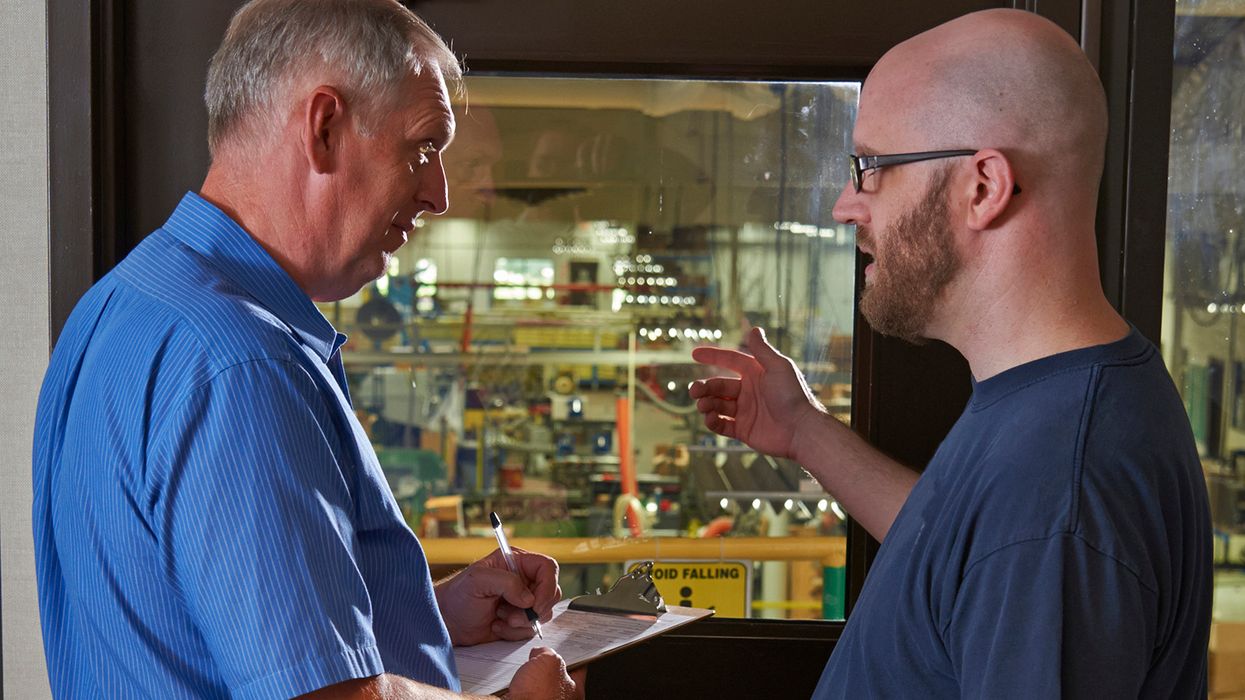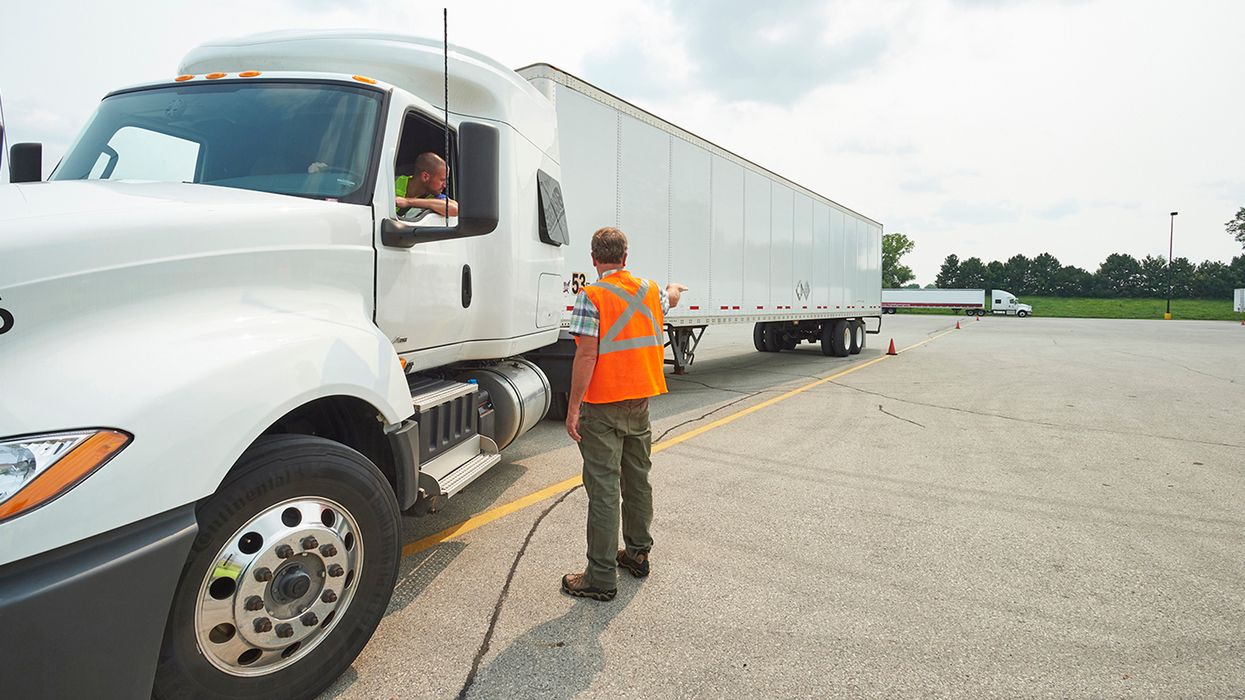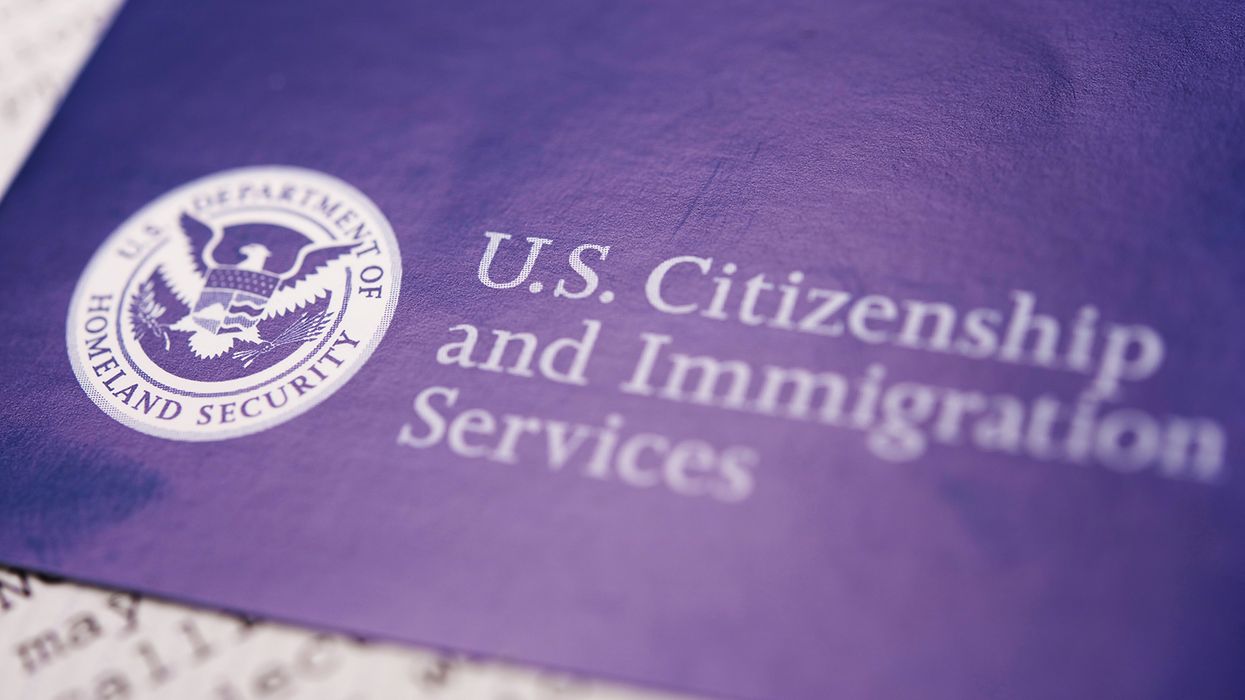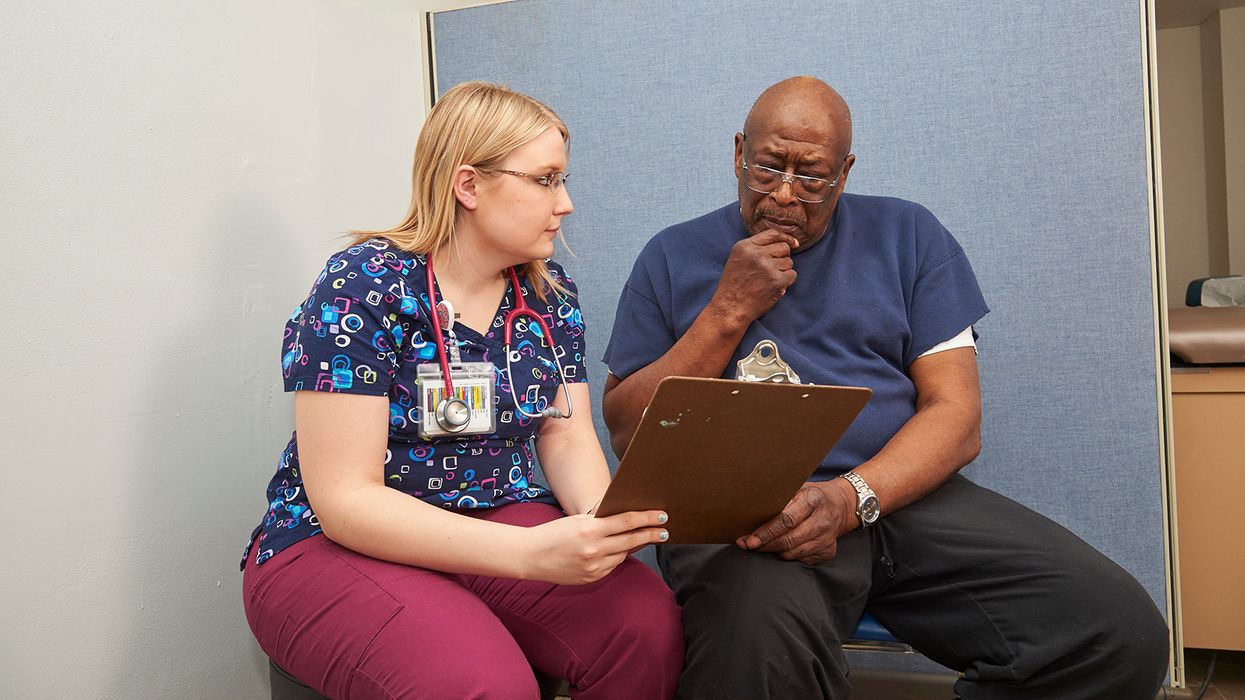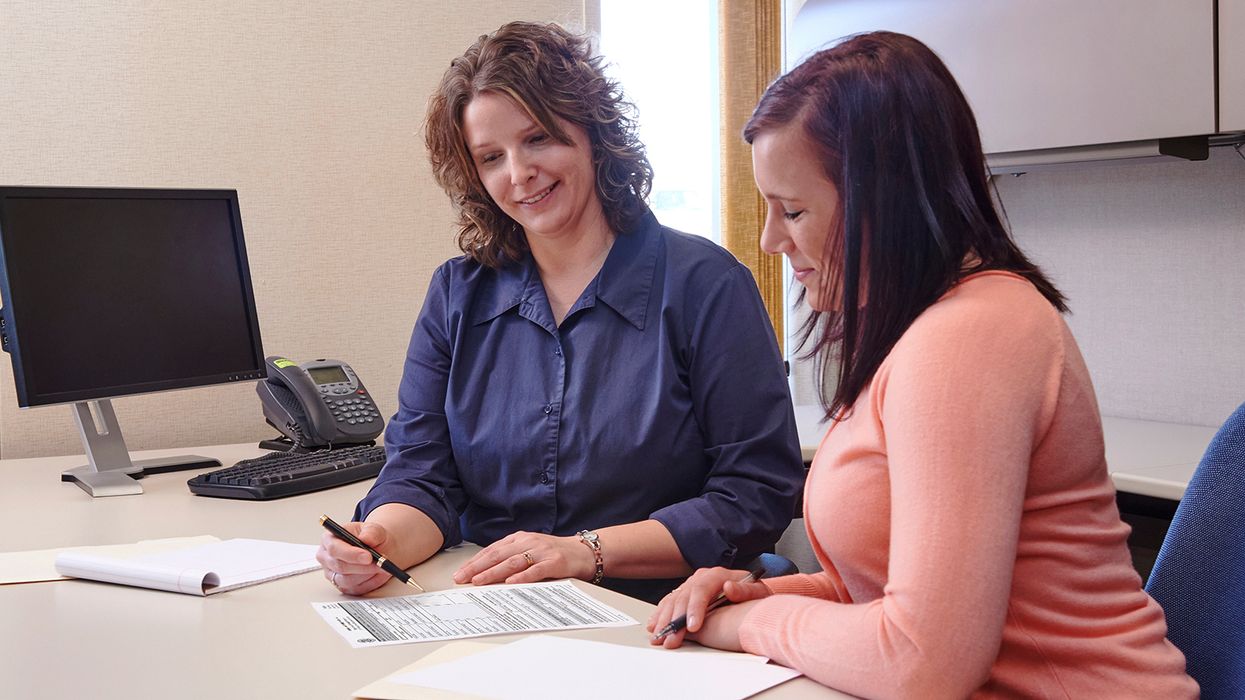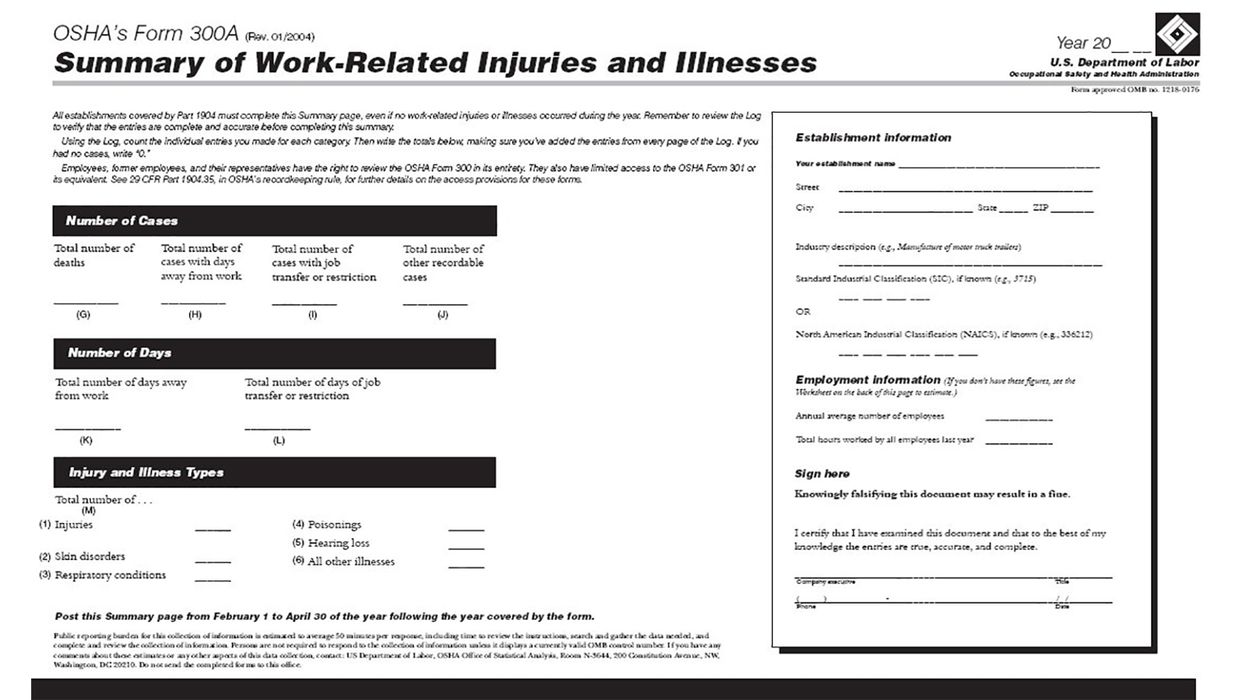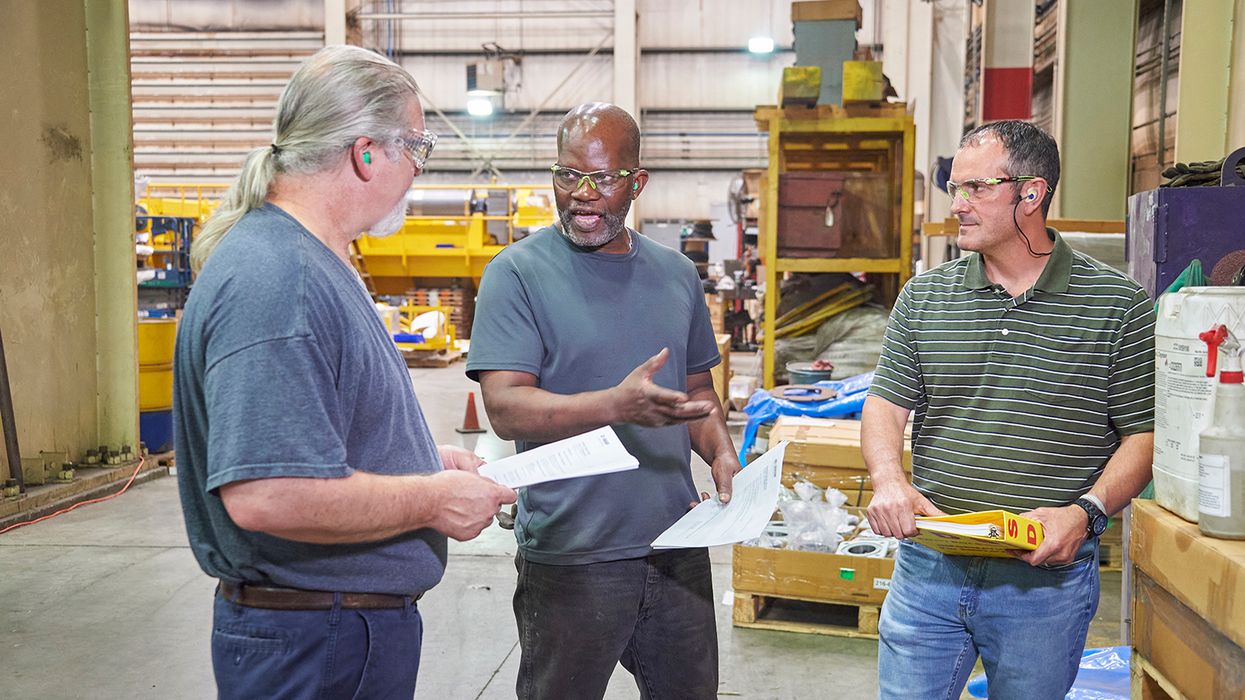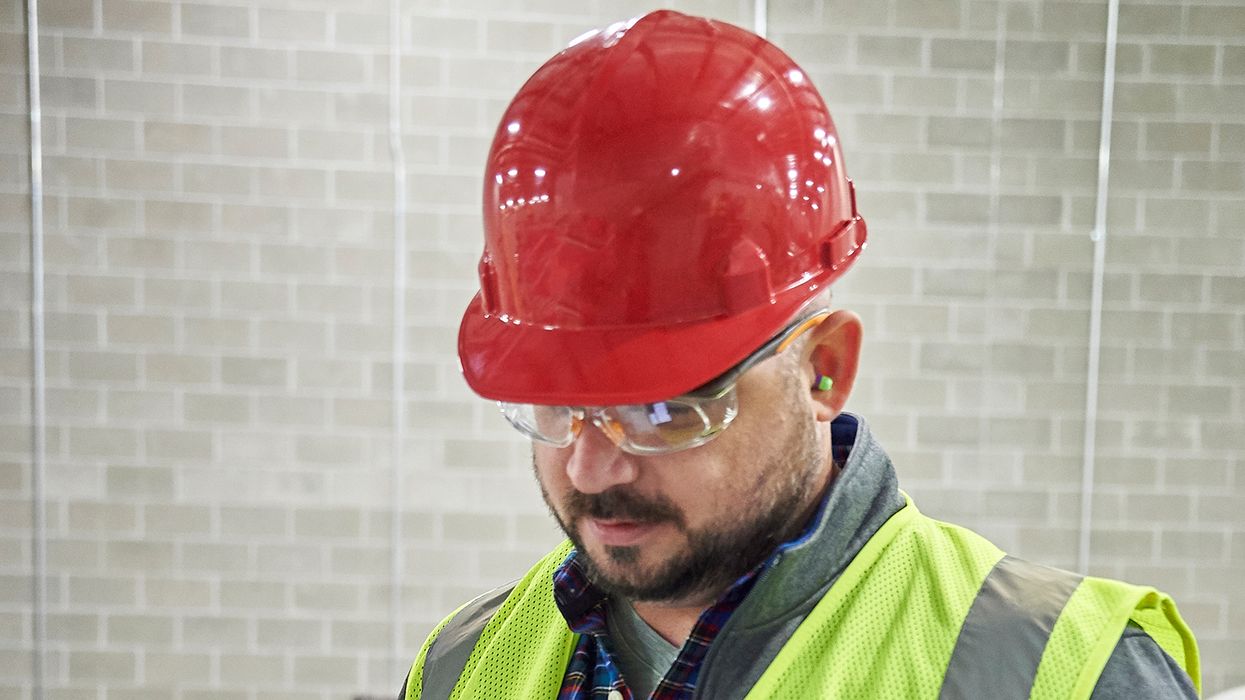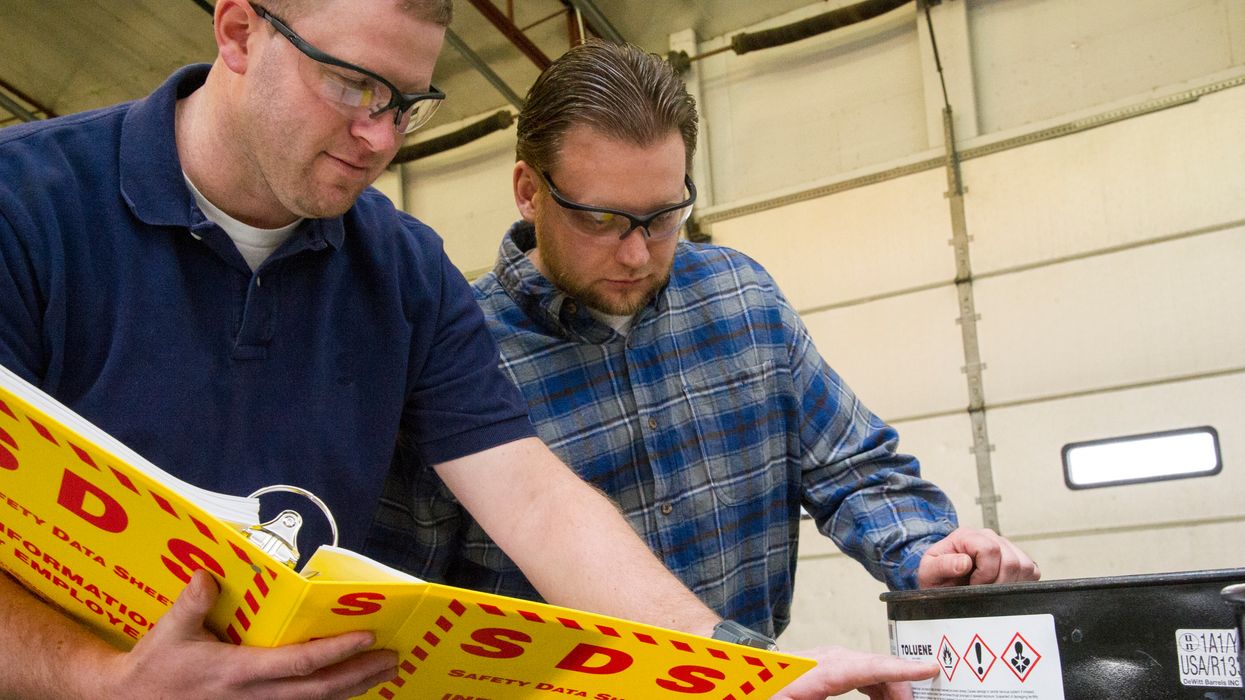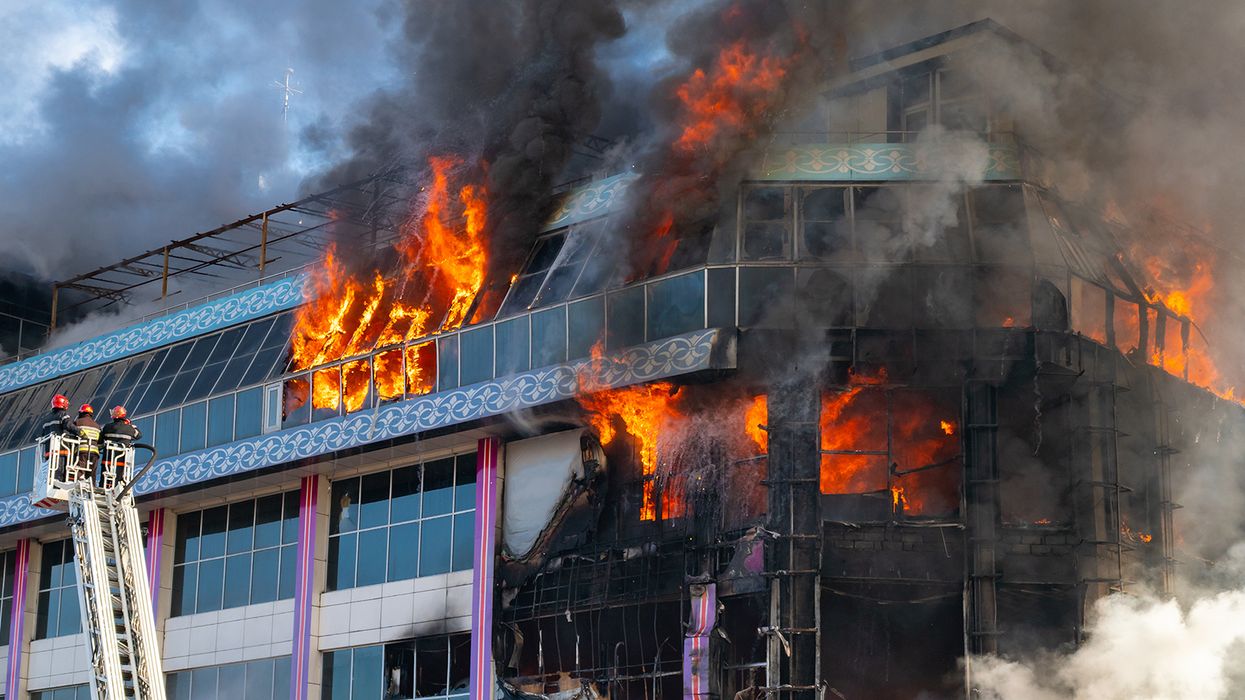Safety Inspections: Your Hidden Superpower for Preventing Workplace Injuries
When it comes to workplace safety, most people think of hard hats, PPE, and training drills. But there’s another powerful tool that quietly prevents injuries and saves lives—regular safety inspections. They’re not just about compliance or paperwork; they’re your backup system when human oversight fails. And recent headlines remind us why they matter more than ever.
Did you know? Just last month, OSHA cited a plastics manufacturer in Ohio for willful violations after an employee suffered serious burns due to a lack of proper machine guarding and electrical hazard controls. This kind of incident shows how easily preventable hazards can slip through the cracks—and why regular safety inspections are not just a formality, but a crucial tool for saving lives and avoiding costly penalties. Even the most alert and experienced workers can miss something. That’s why inspections serve as a critical last line of defense in any workplace safety program. They provide teams with a focused opportunity to identify risks before they escalate into injuries.
Why Inspections Matter
Safety inspections go beyond just checking off boxes. They're a structured way to take a hard look at potential problems that might go unnoticed during the daily grind. While employees are the first defense against hazards, inspections offer a second layer of protection—a chance to catch what’s been missed and reinforce what’s already going well. Inspections can serve different purposes: they might be required to meet OSHA standards, involve your team in safety improvement, provide refresher training, or simply highlight unsafe areas and behaviors. No matter the reason, the goal remains the same—prevent incidents before they happen.
How Often Should You Inspect?
There’s no one-size-fits-all answer when it comes to inspection frequency. Some areas may need only an annual checkup, while others—especially high-risk zones—might need weekly or even daily reviews. The key is to assess the likelihood of accidents in a given area and the severity of the outcome if one were to occur. Many companies begin with a comprehensive facility inspection to identify their high-risk areas, and then build a schedule around those findings. Whatever the approach, consistency matters. Skipping or delaying inspections can allow hazards to build up unnoticed.
Making the Most of Inspections
An inspection is only as good as the people doing it and the preparation behind it. A walk-through with no plan won’t get the job done. Before an inspection, team members must understand the area being inspected, the tasks performed there, and any past safety issues. Training may be needed to spot less obvious risks. It's also helpful to coordinate with supervisors and conduct inspections when work is happening—not during downtime—so the team sees real conditions. Having the right tools on hand, from flashlights to checklists to PPE, also makes a big difference.
From Notes to Action
Findings from inspections are useless unless they’re clearly documented and acted upon quickly. Reports should include not just what the issues are, but how serious they are and what should be done. And don’t forget to highlight what’s working well—positive feedback is just as important. Once issues are documented, the next step is to follow up. Get hazards fixed before they cause harm. That’s the whole point of inspections—to catch problems while there’s still time to do something about them.
Key to Remember
Safety inspections are more than a formality—they're a smart, proactive way to prevent accidents, meet legal requirements, and keep your people safe. Whether you're checking a forklift, reviewing PPE use, or walking the floor with a checklist, the goal is the same: identify hazards and address them before someone gets hurt. Inspections done right are a powerful tool in building a stronger, safer workplace.

